Abstract
Okra, also known as ladyfinger, is widely cultivated in tropical and subtropical regions. Historically, India has been the largest producer, accounting for over 60% of global production. In 2022, India led with 6.87 million tons, followed by other significant producers like Nigeria, Sudan, and Indonesia. Production has steadily increased due to the crop’s adaptability to diverse climates and its demand in both domestic and international markets. Okra is valued for its nutritional content and its use in various cuisines, particularly in Africa, Asia, and the Middle East.
Okra production (Worldwide)
Okra production has shown consistent growth, particularly in tropical and subtropical regions, with India remaining the dominant producer. From 1961 to 2022, global production trends highlight an increase in output, driven by growing demand and favorable climatic conditions. India reached its peak of 6.87 million tons in 2022, representing 100% of its production capacity. Other major producers, including Nigeria, Sudan, and Indonesia, have also contributed to rising global output. The crop’s resilience to diverse environments and its popularity in various cuisines have fueled this growth.
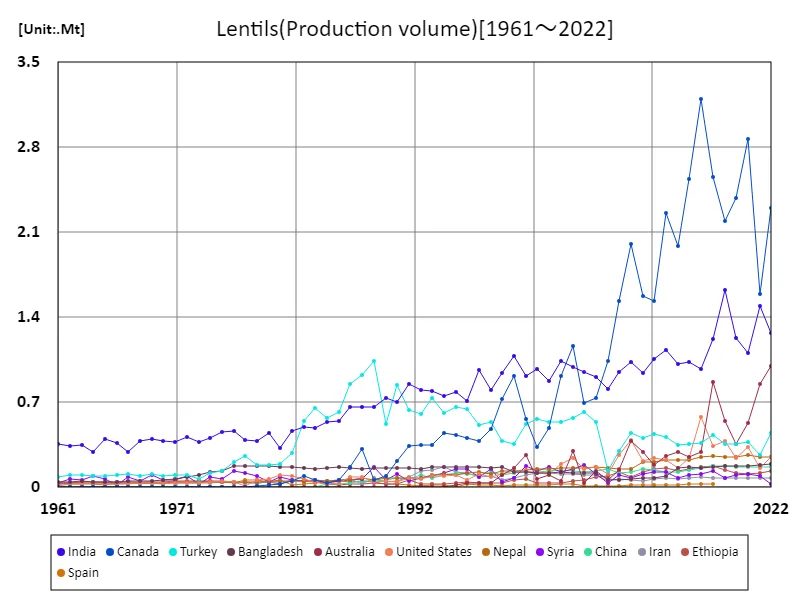

The maximum is 3.19Mt[2016] of Canada, and the current value is about 72%
Okra production (latest year, worldwide)
In 2022, India led global okra production with a record 6.87 million tons, accounting for over 60% of total output. The global production reached 11.2 million tons, with an average of 208,000 tons per country. Over the years, okra cultivation has expanded, particularly in tropical and subtropical regions. India has consistently been the dominant producer, with other key contributors including Nigeria, Sudan, and Indonesia. The crop’s adaptability to diverse climates, low production costs, and strong demand in both local and international markets have driven its steady growth.
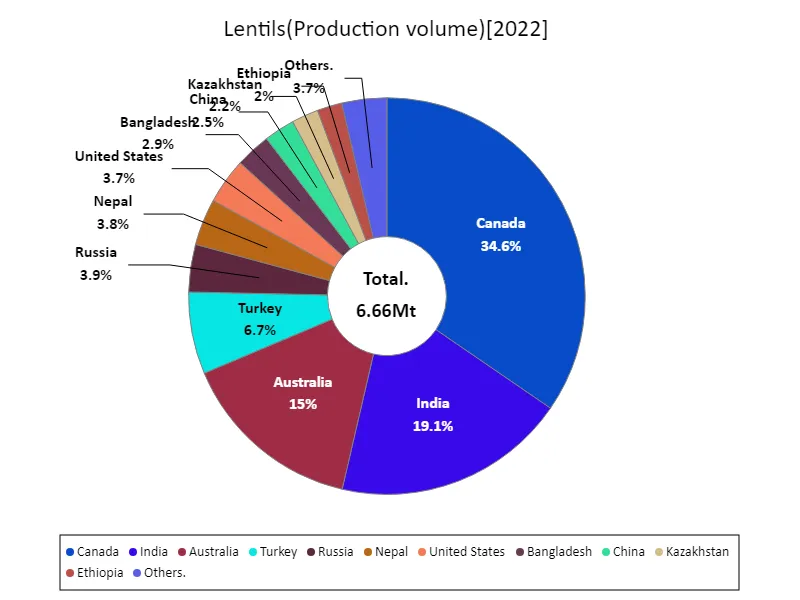

The maximum is 2.3Mt of Canada, the average is 145kt, and the total is 6.66Mt
Okra production (continent)
In 2022, Asia led global okra production with a peak of 7.59 million tons, highlighting its dominant role in cultivating the crop. India, the largest producer within Asia, accounts for a significant portion of this total. Okra thrives in tropical and subtropical climates, which are abundant across the continent. The crop’s popularity is driven by its adaptability, low production costs, and high demand in both local and international markets. Over time, production has steadily increased, supported by favorable growing conditions, especially in India, Nigeria, and other parts of Africa and Asia.
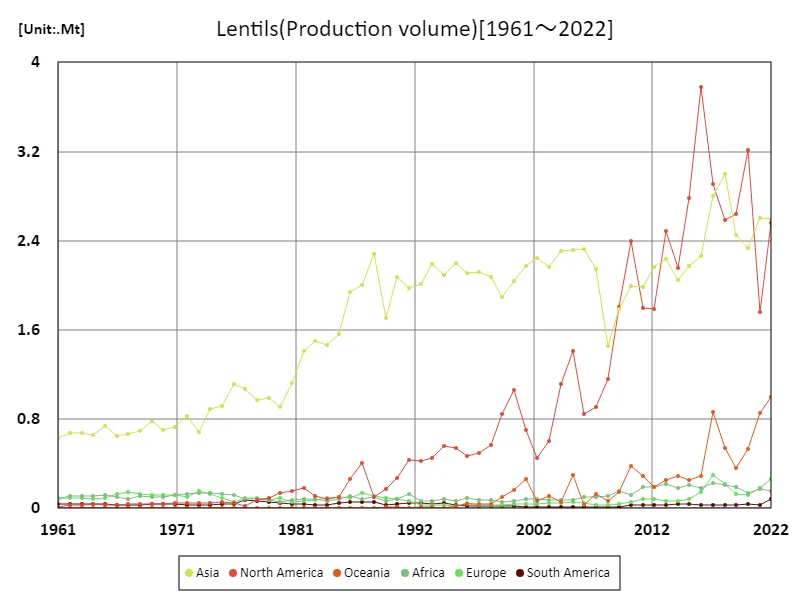

The maximum is 3.78Mt[2016] of North America, and the current value is about 67.8%
Okra production (latest year, continent)
In 2022, Asia led global okra production with a total of 7.59 million tons, accounting for a substantial portion of the global output of 11.2 million tons. The average production per country was 1.87 million tons. India remains the largest producer, contributing significantly to the region’s total. Okra thrives in tropical and subtropical climates, particularly in Asia and Africa. Over the years, production has steadily increased, driven by the crop’s adaptability, low cultivation costs, and growing demand in local and international markets, especially in culinary and nutritional contexts.
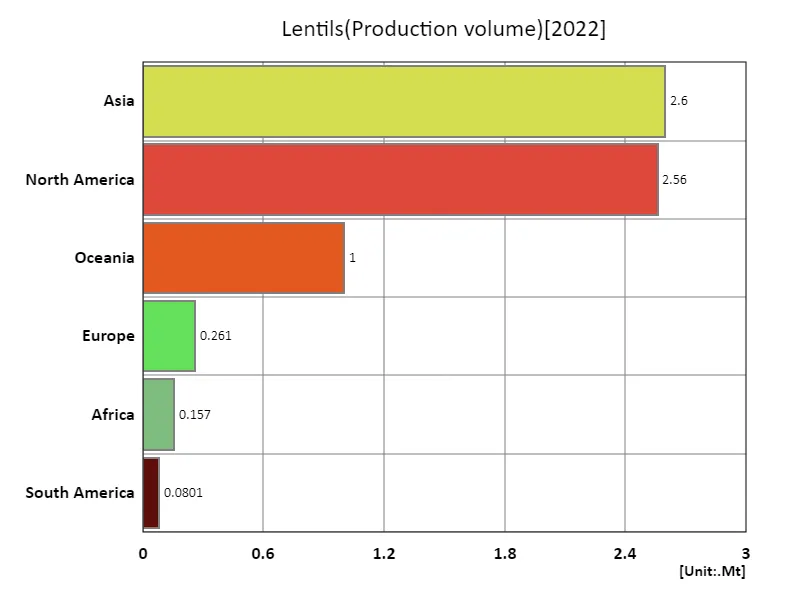

The maximum is 2.6Mt of Asia, the average is 1.11Mt, and the total is 6.66Mt
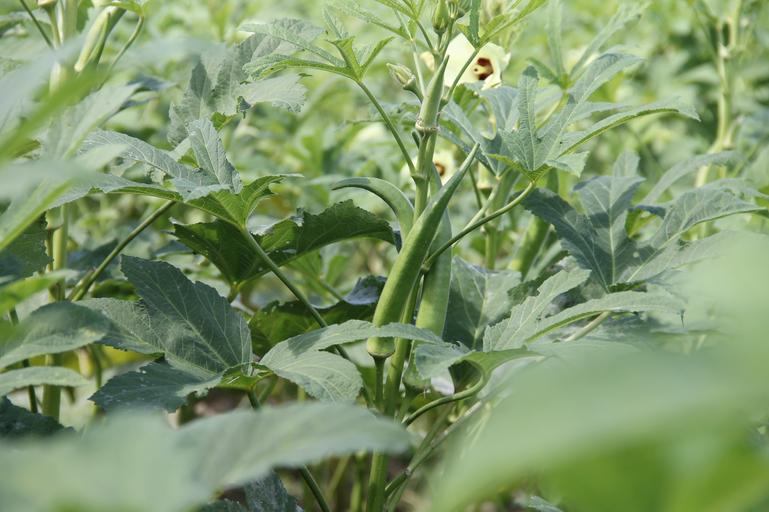


Comments